In recent years, with the development of industrial technology and science, PLC has gradually replaced traditional relay distribution cabinets, AC contactor distribution cabinets, etc. due to its advantages of small size, centralized control, intelligence, and automation. In industrial control and production life. Which PLC switching signal and analog signal conversion problem is the classic application of PLC. To make it clear how PLC switching signals and analog signals are converted in PLC applications, we first need to clarify several basic PLC signal concepts.
First, the basic signal concept: switch signal, analog signal, digital signal, pulse signal and so on.
1, switch signal:
The basic off signal, you can use the multimeter ohm file for on-off measurement. Switch signals can be divided into active signals and passive signals.
2, analog signal:
Continuous current signals or voltage signals, analog signals can be divided into standard signals and non-standard signals.
The standard analog signal is generally 4mA-20mA current signal, 1v-5v voltage signal and so on.
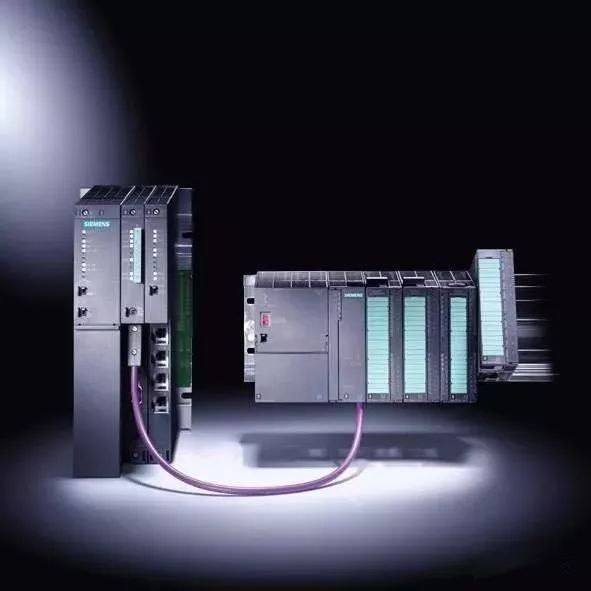
3, pulse signal:
Instantaneous voltage or instantaneous current jumps from one value to the next, intermittent output signal type: binary signal or analog signal.
4, digital signal:
Digital signals generally have 0 and 1 types of signal changes, which are usually regular signals after coding. Second, below we focus on the analysis of how PLC analog signals and switching signals are transformed.
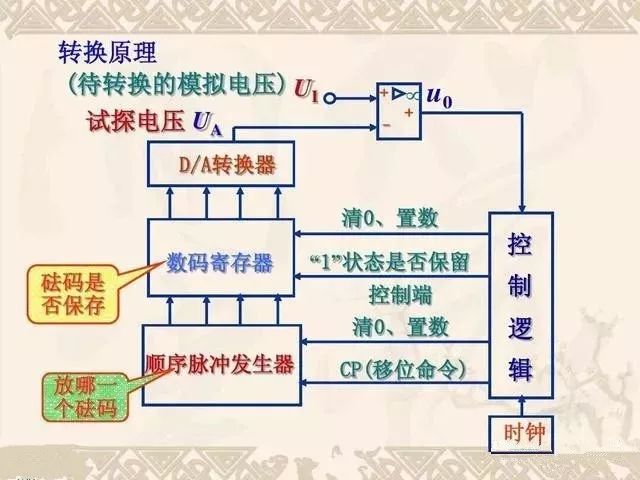
Second, the analog signal is converted into a binary signal.
Conversion method: through A/D conversion module.
The A/D module (analog to digital) can effectively convert the analog signal into a switch signal, that is, convert the analog voltage and current signal into an on/off switch signal. The A/D signal conversion module is an important component for converting an analog signal into a switch signal. The A/D conversion module is an important part in industrial automation and data acquisition.
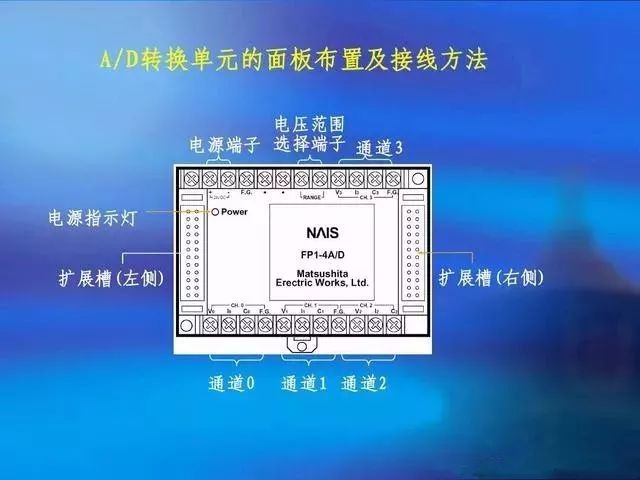
Give a simple example:
Pipeline flow measurement signal is an analog signal, through the electromagnetic flowmeter to convert the flow signal into a standard current signal, through the isolator, A / D conversion module, etc., can achieve the purpose of controlling the flow control valve on and off.
When the flow measurement signal reaches a certain set value, the PLC system outputs a switch on/off signal to directly control the valve opening and valve closing of the flow regulating valve. Of course, analog signals can also be output to control the opening of the flow control valve.
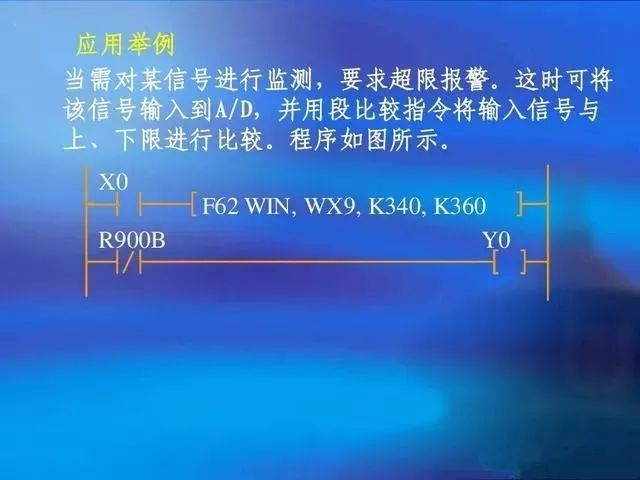
Third, the switch signal is converted into an analog signal.
Conversion method: through D/A conversion module.
The D/A conversion module can effectively convert the switching signal into an analog signal, that is, the switching signal that is on and off is converted into a current voltage signal. The application of D/A conversion module in automation control is also quite popular, and it is an indispensable and important part of PLC intelligent automation control.
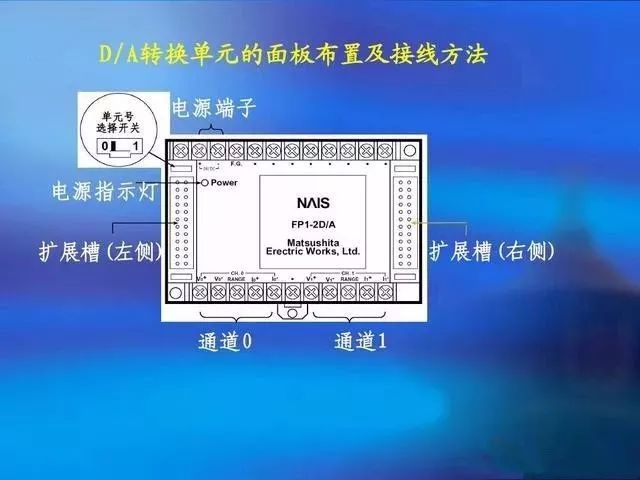
Give a simple example:
The pipeline pressure is measured by the electric contact pressure gauge (switch quantity signal), the measured value is too small, the pipeline adjustment valve needs to be opened, but it does not need to be fully opened. At this time, the analog signal and the opening degree of the valve need to be proportional to the valve. Real-time adjustment.
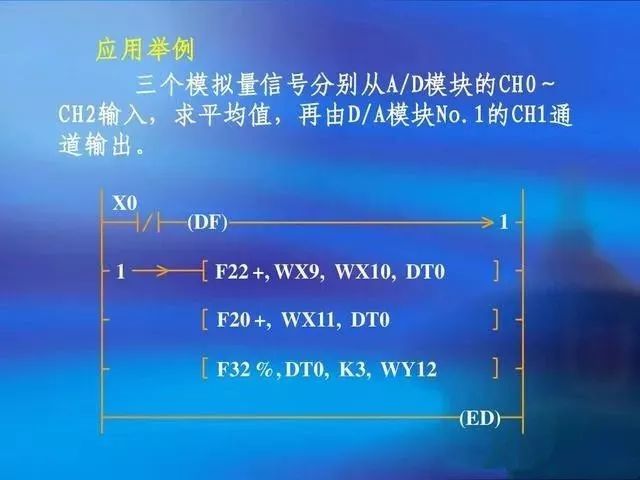
Summary: A/D conversion module and D/A conversion module are both important parts of PLC signal control. In actual PLC automation control, both are indispensable and need to be used together. Mastering the difference and relationship between the two can make us PLC operation and operation more effective!
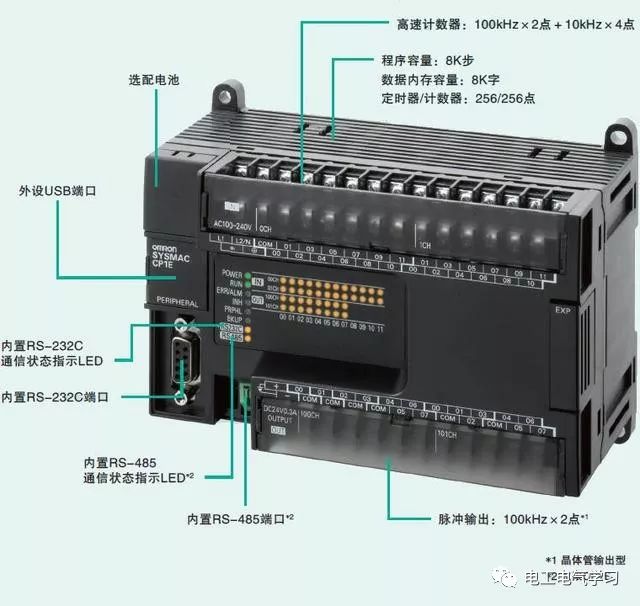
Busbar Built In Current Transformer
Busbar Built In Current Transformer,Mini Busbar Built Current Transformer,Electric Meter Mini Current Transformer,Current Transformer With Busbar Inside
Zibo Tongyue Electronics Co., Ltd , https://www.tongyueelectron.com